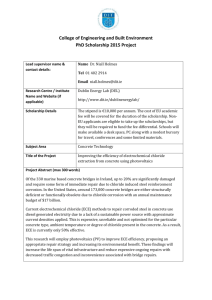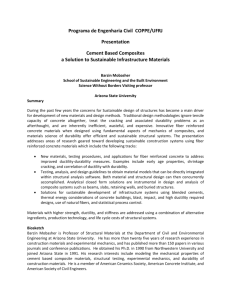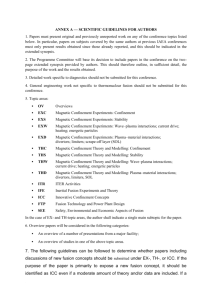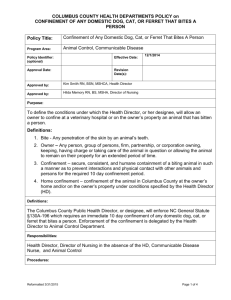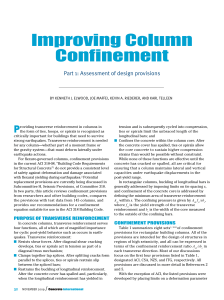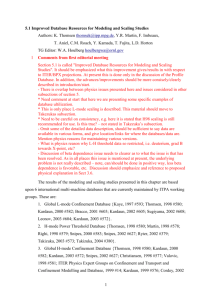Numerical modelling of active confinement on concrete columns
advertisement
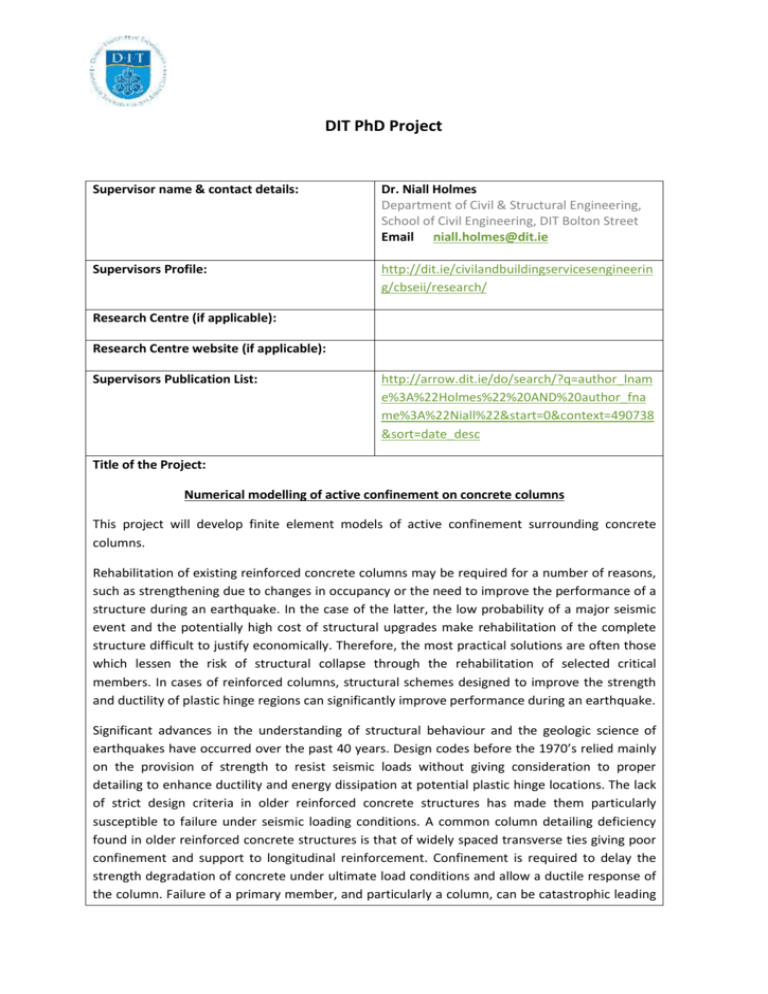
DIT PhD Project Supervisor name & contact details: Dr. Niall Holmes Department of Civil & Structural Engineering, School of Civil Engineering, DIT Bolton Street Email niall.holmes@dit.ie Supervisors Profile: http://dit.ie/civilandbuildingservicesengineerin g/cbseii/research/ Research Centre (if applicable): Research Centre website (if applicable): Supervisors Publication List: http://arrow.dit.ie/do/search/?q=author_lnam e%3A%22Holmes%22%20AND%20author_fna me%3A%22Niall%22&start=0&context=490738 &sort=date_desc Title of the Project: Numerical modelling of active confinement on concrete columns This project will develop finite element models of active confinement surrounding concrete columns. Rehabilitation of existing reinforced concrete columns may be required for a number of reasons, such as strengthening due to changes in occupancy or the need to improve the performance of a structure during an earthquake. In the case of the latter, the low probability of a major seismic event and the potentially high cost of structural upgrades make rehabilitation of the complete structure difficult to justify economically. Therefore, the most practical solutions are often those which lessen the risk of structural collapse through the rehabilitation of selected critical members. In cases of reinforced columns, structural schemes designed to improve the strength and ductility of plastic hinge regions can significantly improve performance during an earthquake. Significant advances in the understanding of structural behaviour and the geologic science of earthquakes have occurred over the past 40 years. Design codes before the 1970’s relied mainly on the provision of strength to resist seismic loads without giving consideration to proper detailing to enhance ductility and energy dissipation at potential plastic hinge locations. The lack of strict design criteria in older reinforced concrete structures has made them particularly susceptible to failure under seismic loading conditions. A common column detailing deficiency found in older reinforced concrete structures is that of widely spaced transverse ties giving poor confinement and support to longitudinal reinforcement. Confinement is required to delay the strength degradation of concrete under ultimate load conditions and allow a ductile response of the column. Failure of a primary member, and particularly a column, can be catastrophic leading to a partial or complete structural collapse. As a result, many older buildings in new and existing seismic regions require rehabilitation. Providing confinement to columns through externally applied transverse reinforcement configurations such as jackets, collars, straps or wraps has been identified by researchers as a suitable rehabilitation method for under designed concrete columns. A particularly innovative avenue of research is that of confinement methods which engage the use of active confining forces. Where passive confinement methods rely on the dilating concrete material due to load application to initiate the generation of confining pressures, active confinement methods apply an initial confining pressure through pre-stressing of confinement materials resulting in confinement being effective prior to loading. This project will examine the influences of active confining pressures on the overall behaviour of confined concrete and will include experimental and numerical studies. Ciência sem Fronteiras / Science Without Borders Priority Area: Engineering and other technological areas

